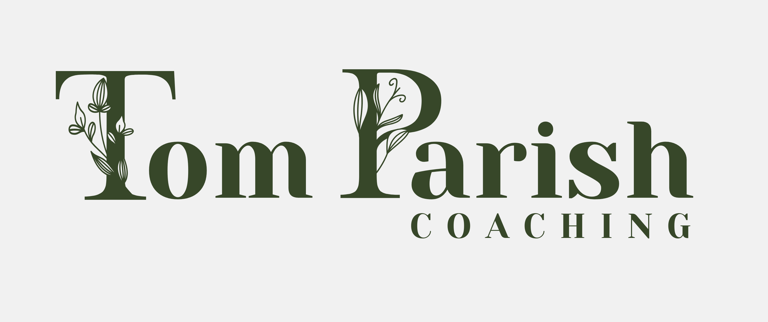17 Impactful elements to creativity
Improving creativity is a valuable goal, whether you're an artist, a writer, an entrepreneur, or someone looking to infuse more innovation into your life.
10/29/20232 min read


Here are some of the most impactful things to consider when striving to enhance your creativity:
Mindset:
Embrace a Growth Mindset: Believe that creativity can be developed and improved over time. A growth mindset encourages you to see challenges as opportunities for growth.
Curiosity:
Stay Curious: Ask questions, explore new ideas, and remain open to different perspectives. Curiosity is the spark of creativity.
Diverse Input:
Seek Diverse Experiences: Expose yourself to a variety of experiences, cultures, and fields of knowledge. The more you know, the more you can draw upon in your creative work.
Challenge Assumptions:
Question Assumptions: Challenge conventional wisdom and be willing to think beyond the status quo. Sometimes, innovation comes from re-examining what we take for granted.
Environmental Factors:
Create an Inspiring Space: Surround yourself with a space that sparks creativity. This might involve organizing your workspace, using colours and visuals, or adding inspirational quotes and art.
Brain Health:
Prioritize Physical Health: Exercise, proper nutrition, and sufficient sleep all contribute to a healthy brain, which is better equipped for creative thinking.
Mindfulness and Relaxation:
Practice Mindfulness: Engage in mindfulness meditation or other relaxation techniques to clear your mind and reduce stress, making space for creative thoughts.
Collaboration:
Collaborate with Others: Creativity can thrive in a collaborative environment where diverse perspectives come together to generate new ideas.
Time Management:
Dedicate Time to Creativity: Set aside specific time for creative endeavours. It's essential to prioritize creativity and protect it from distractions.
Routines and Rituals:
Develop Creative Routines: Establish rituals that signal your brain it's time to be creative. This could be as simple as having a dedicated journaling time in the morning or taking a walk before brainstorming.
Continuous Learning:
Stay Informed and Learn Continuously: Stay up to date with trends in your field and related areas. Read, attend workshops, and never stop learning.
Feedback:
Seek Feedback: Encourage honest feedback from peers or mentors. Constructive criticism can help you refine and improve your creative work.
Failure Tolerance:
Embrace Failure: Don't fear failure; see it as a learning opportunity. Many ground breaking ideas and innovations result from initial setbacks.
Constraints and Challenges:
Set Constraints: Sometimes, creativity thrives under limitations. Give yourself constraints or challenges to encourage inventive problem-solving.
Play and Exploration:
Allow Time for Play: Engage in activities that are purely for fun and exploration. Play can lead to unexpected creative insights.
Record Ideas:
Keep an Idea Journal: Carry a notebook or use a note-taking app to jot down ideas as they come to you. Inspiration can strike at any time.
Reflect and Revise:
Reflect on Your Work: Regularly review your creative work and be willing to make revisions. Improvement often comes from reflection and refinement.
Remember that creativity is a skill that can be developed over time. It requires patience, practice, and a commitment to nurturing your creative abilities. By considering these impactful factors and incorporating them into your life, you can enhance your creativity and produce more innovative and imaginative work.
